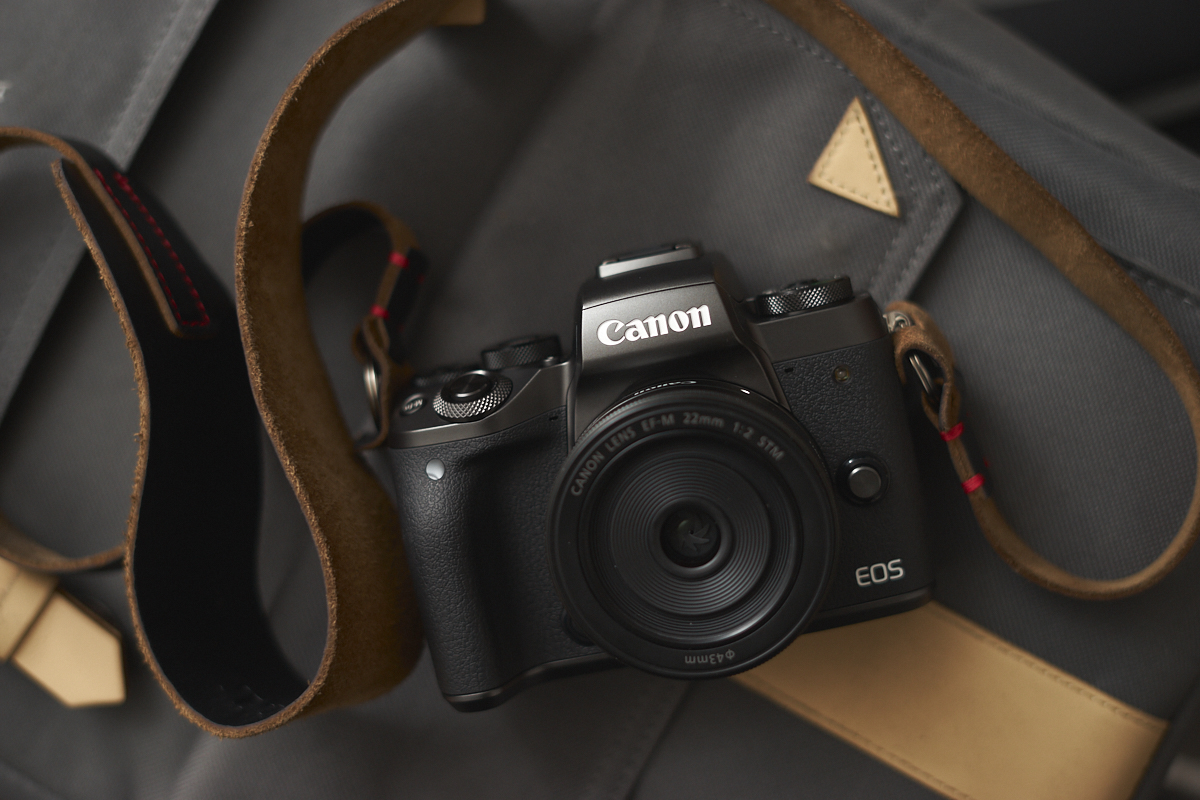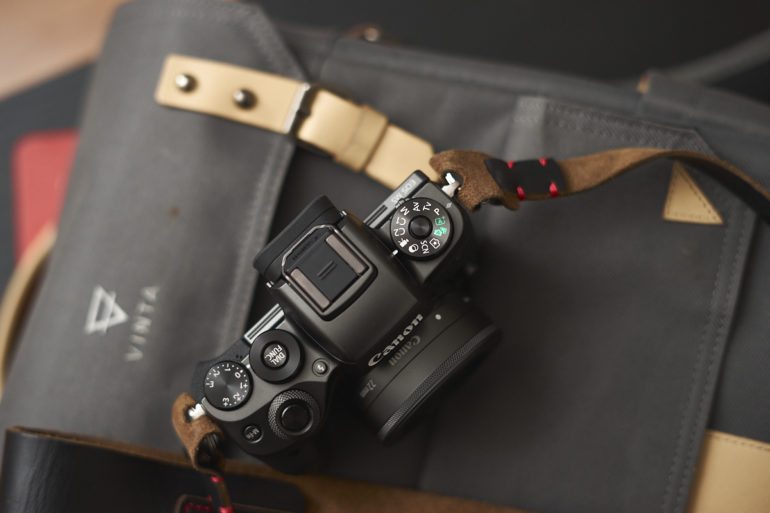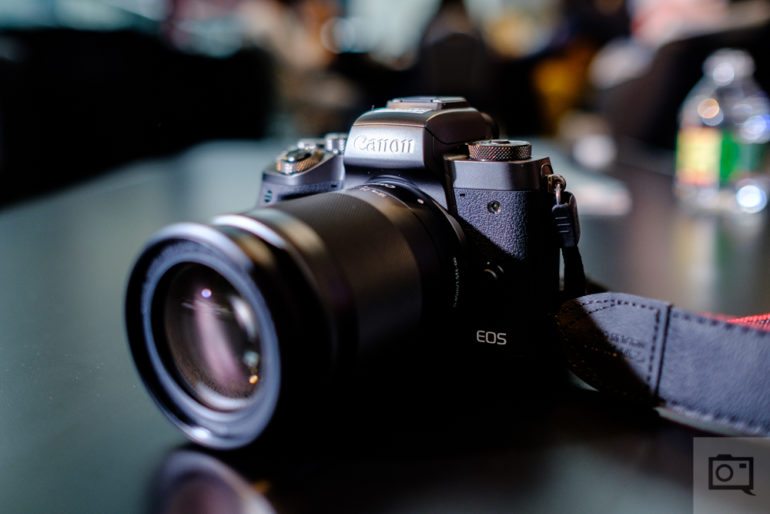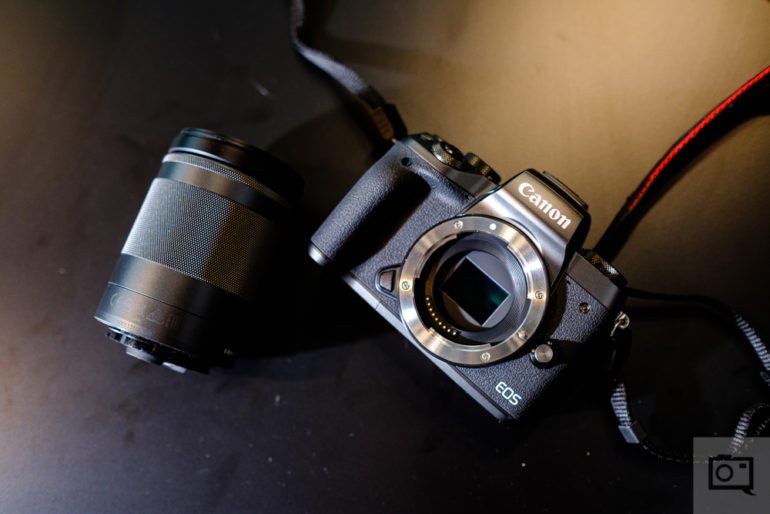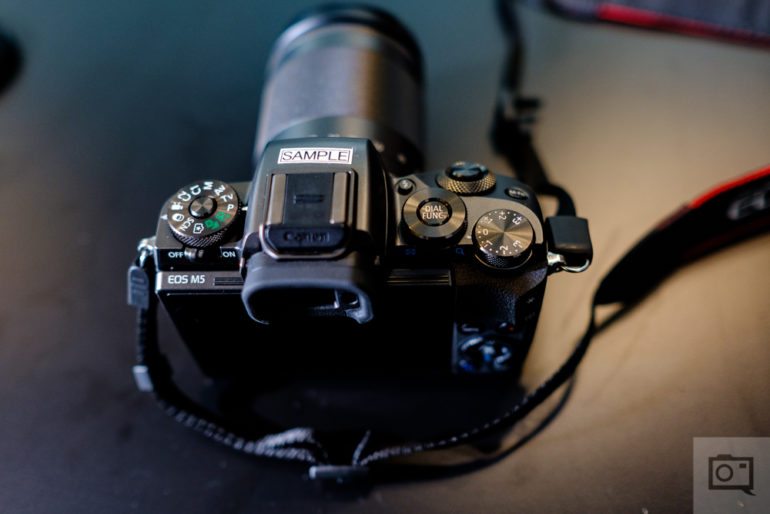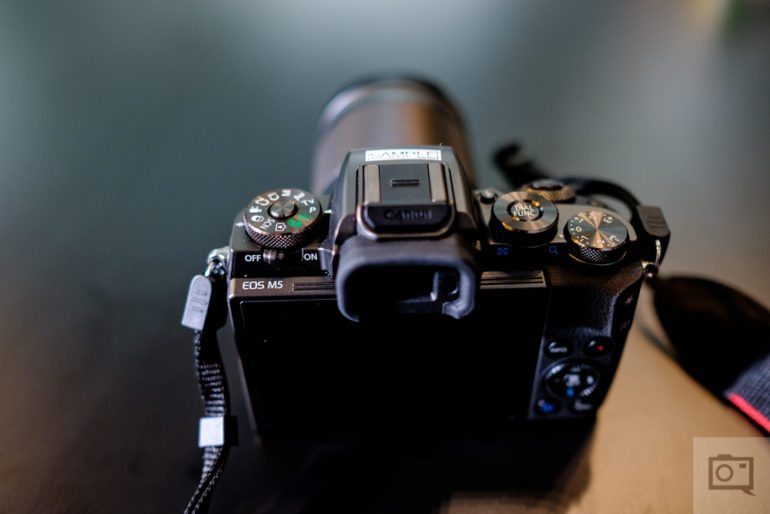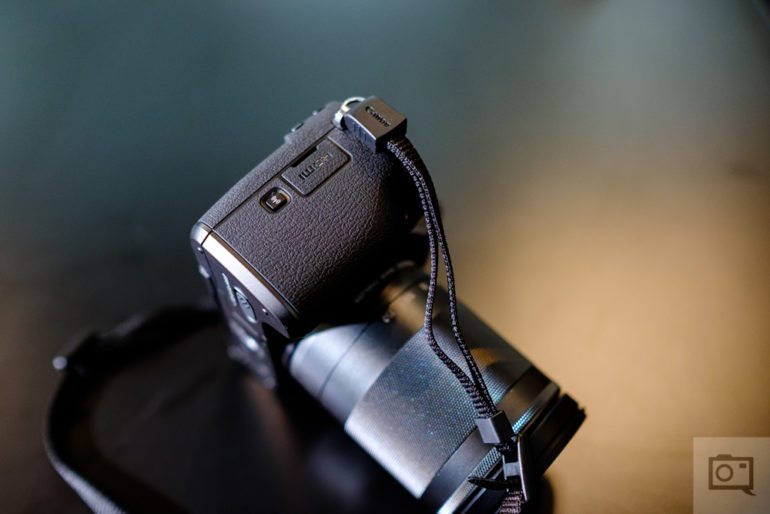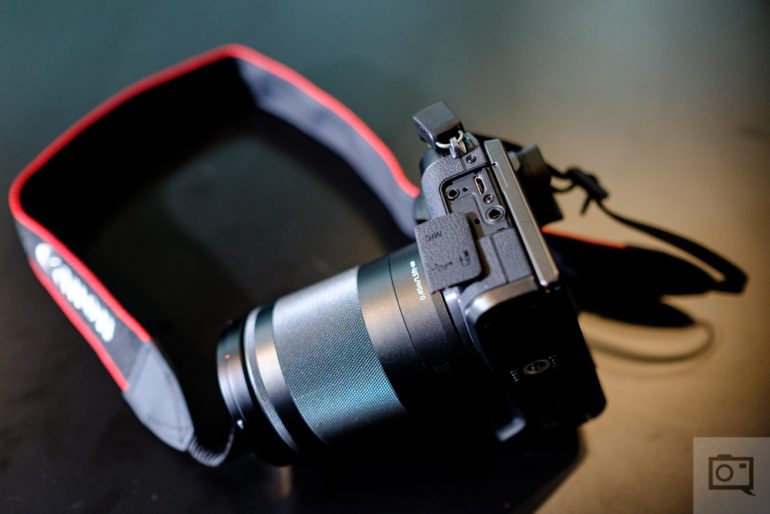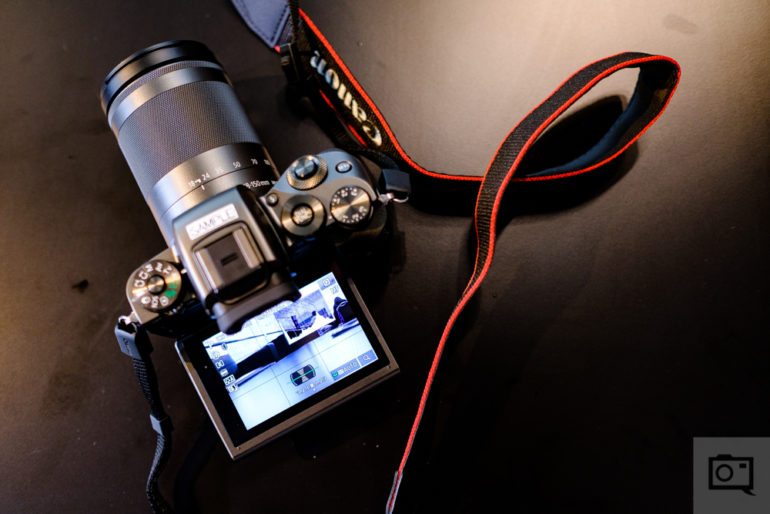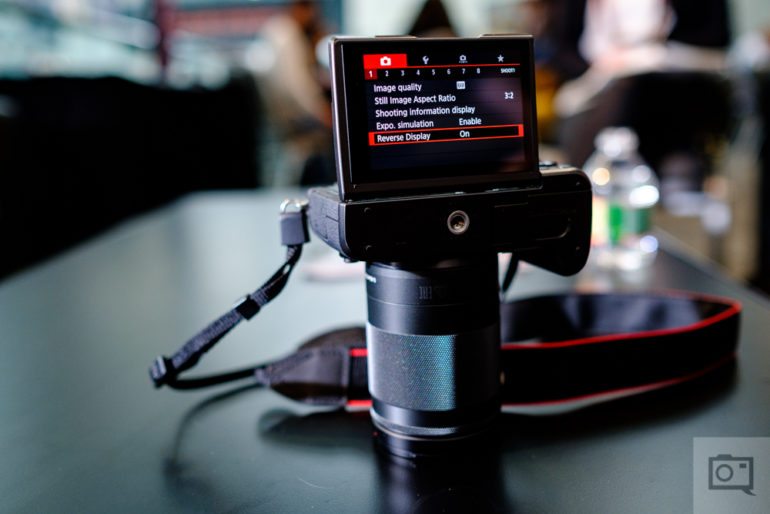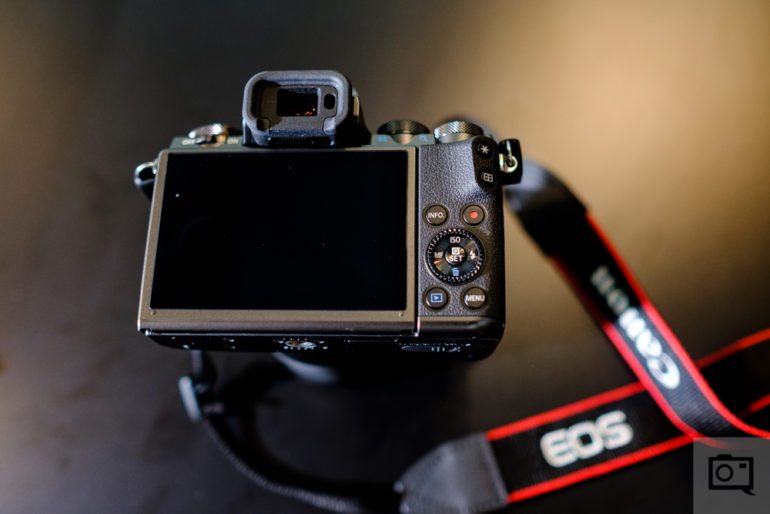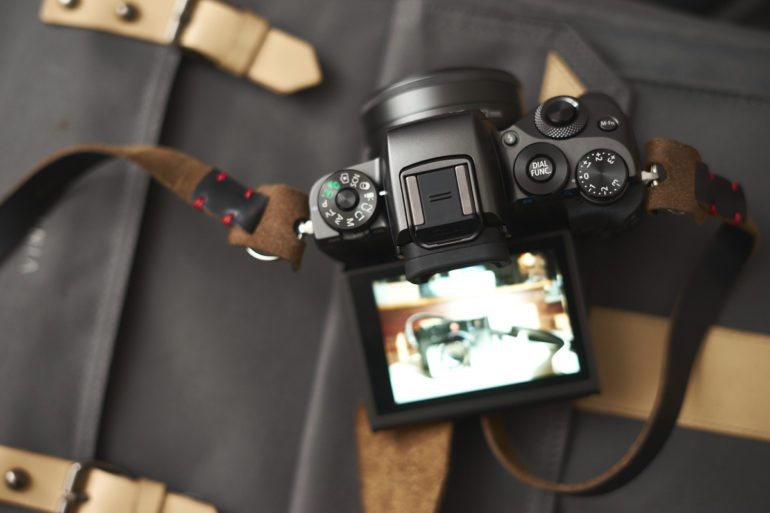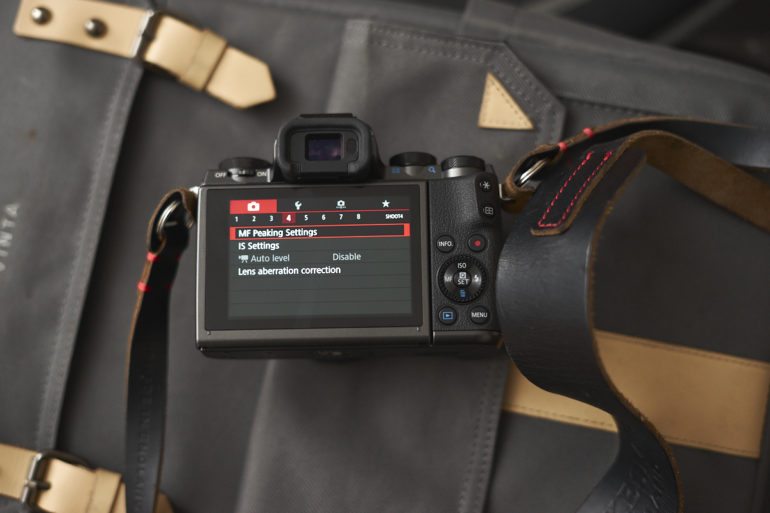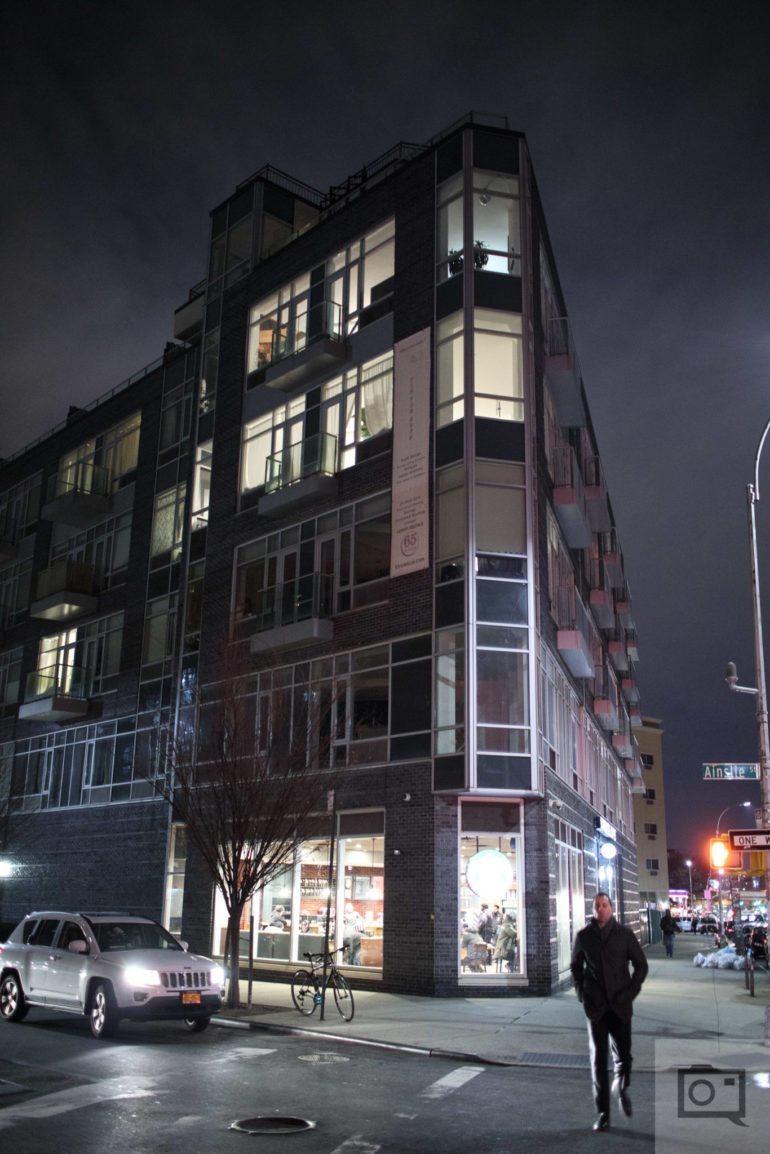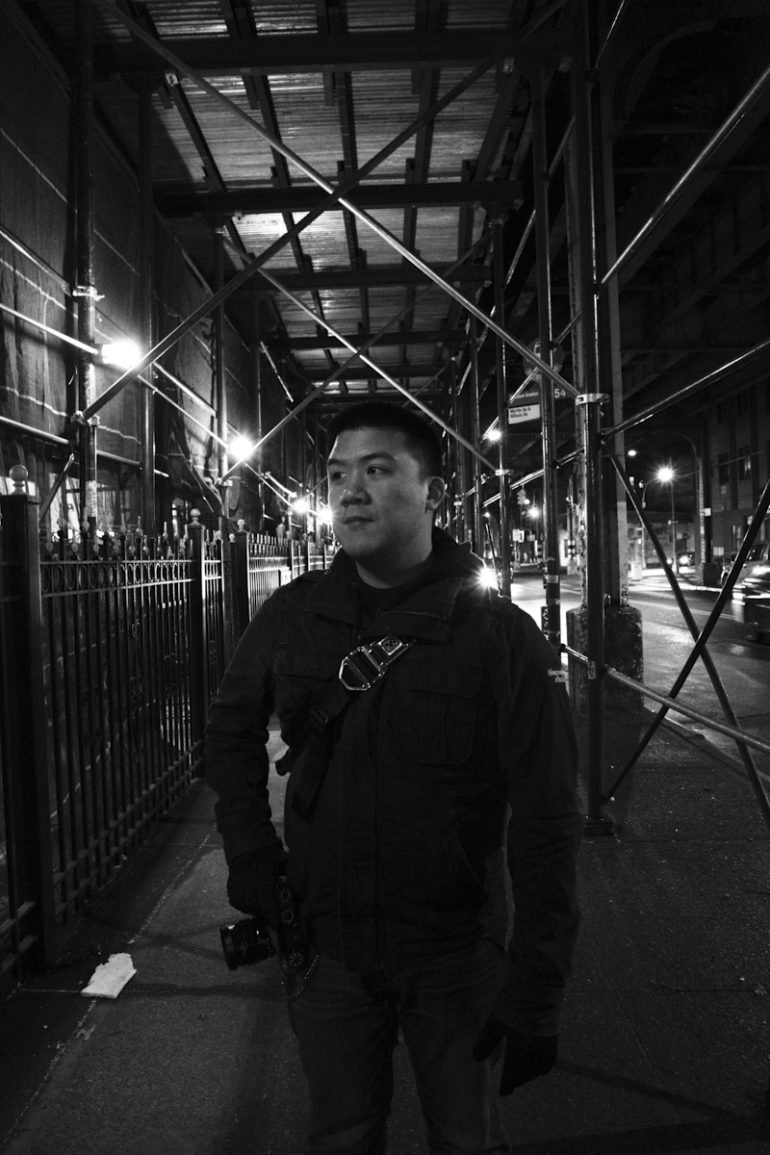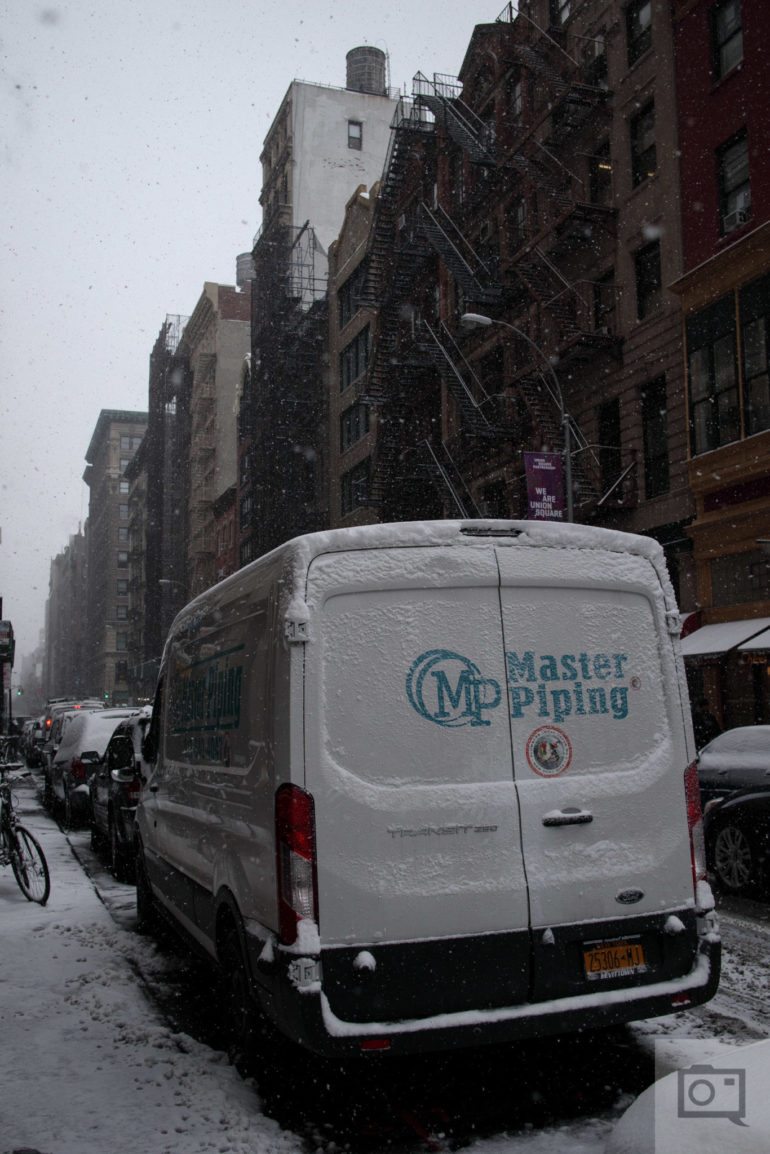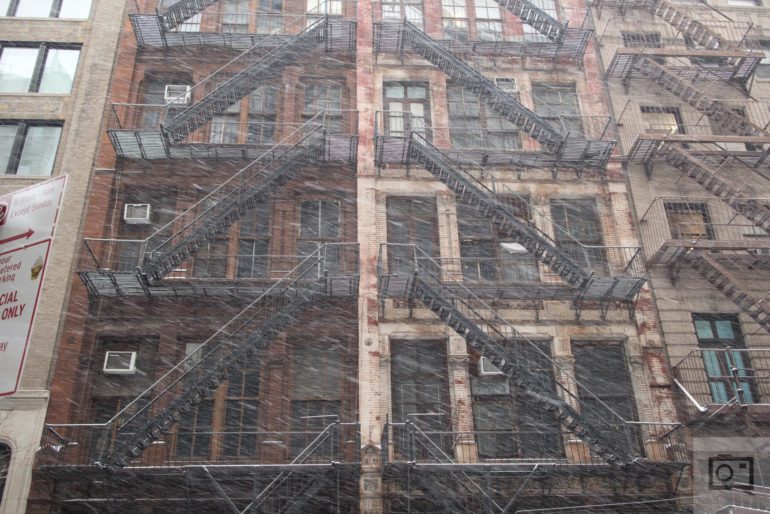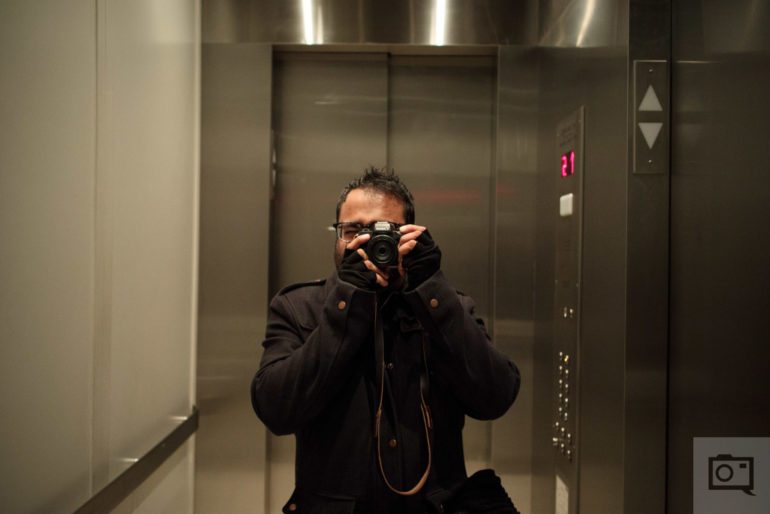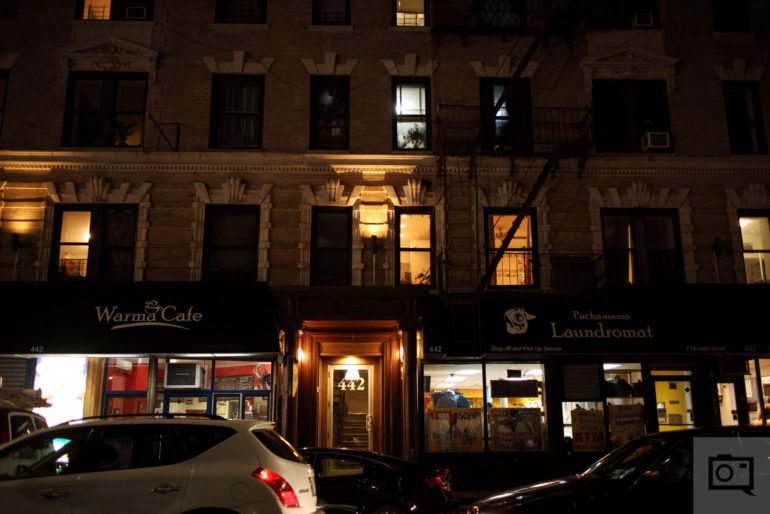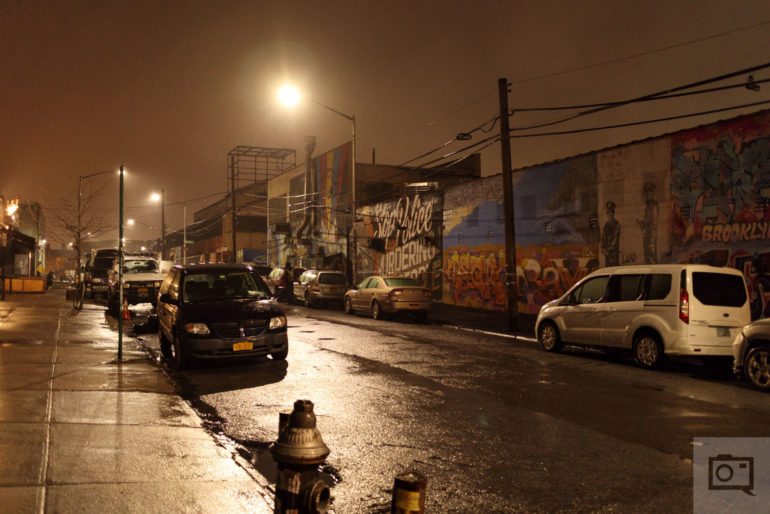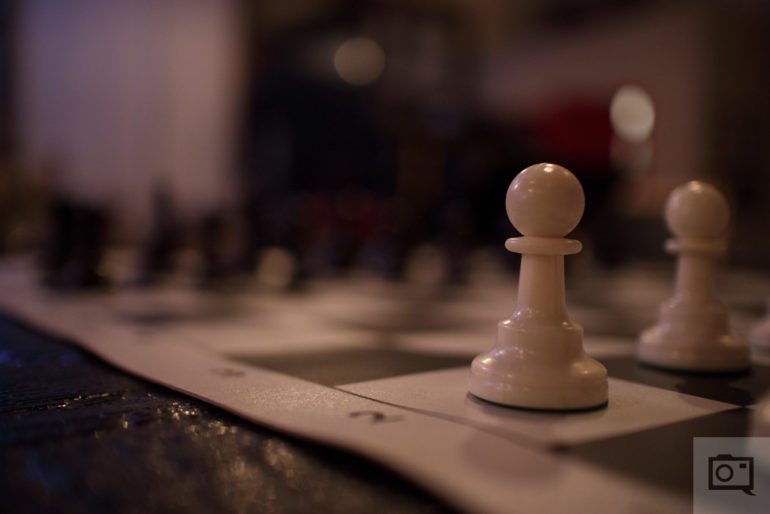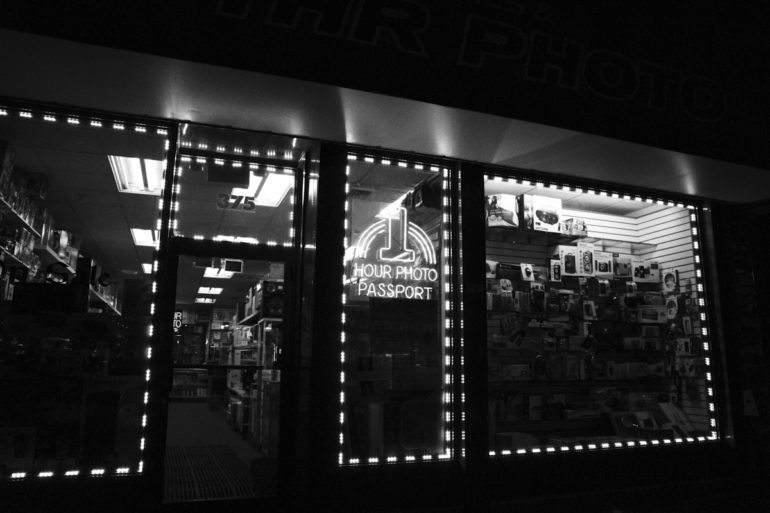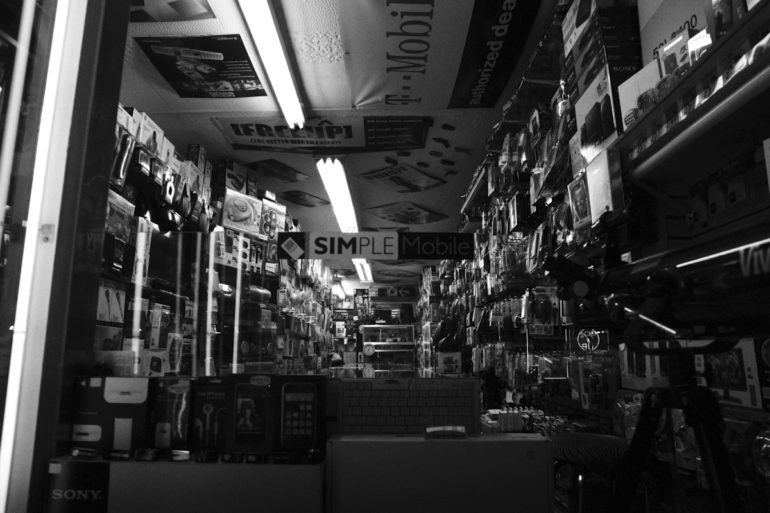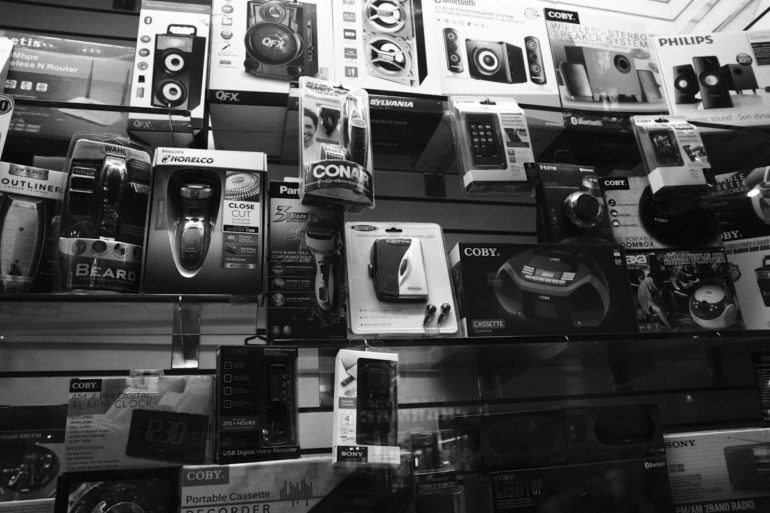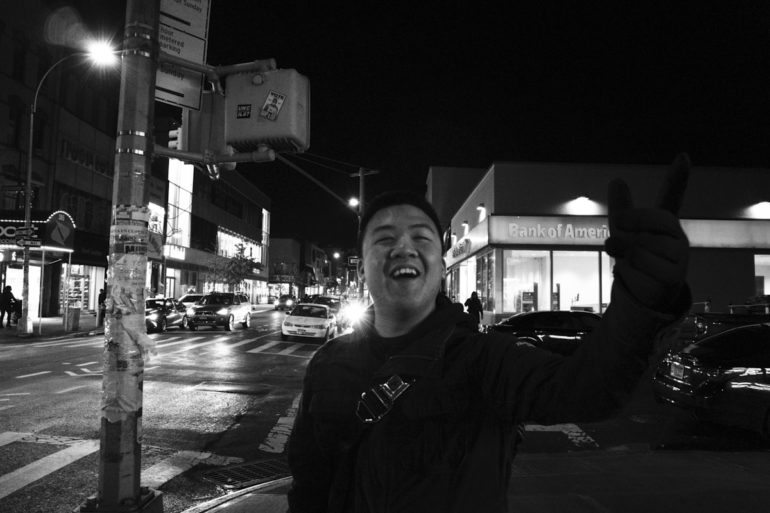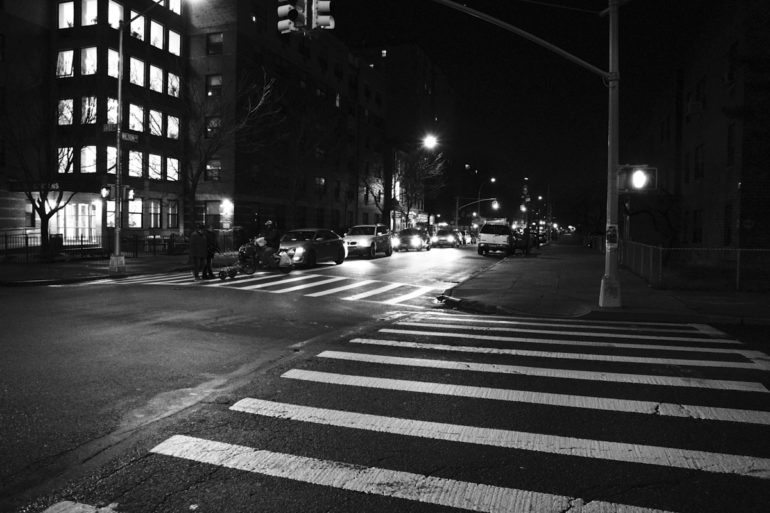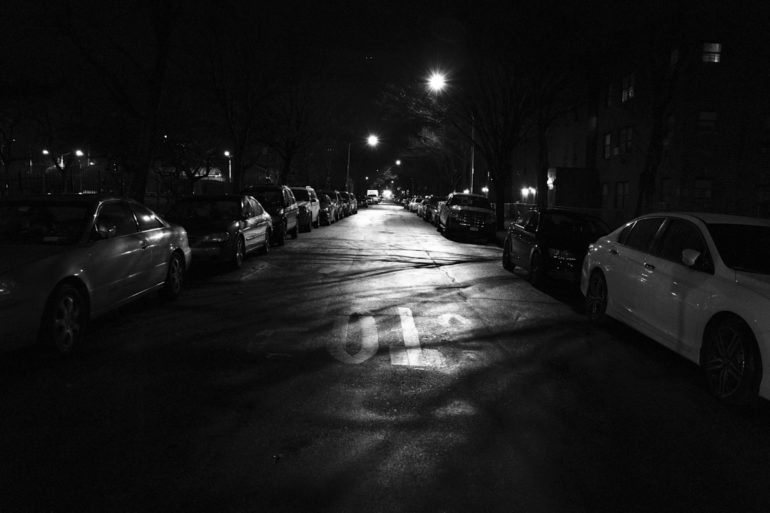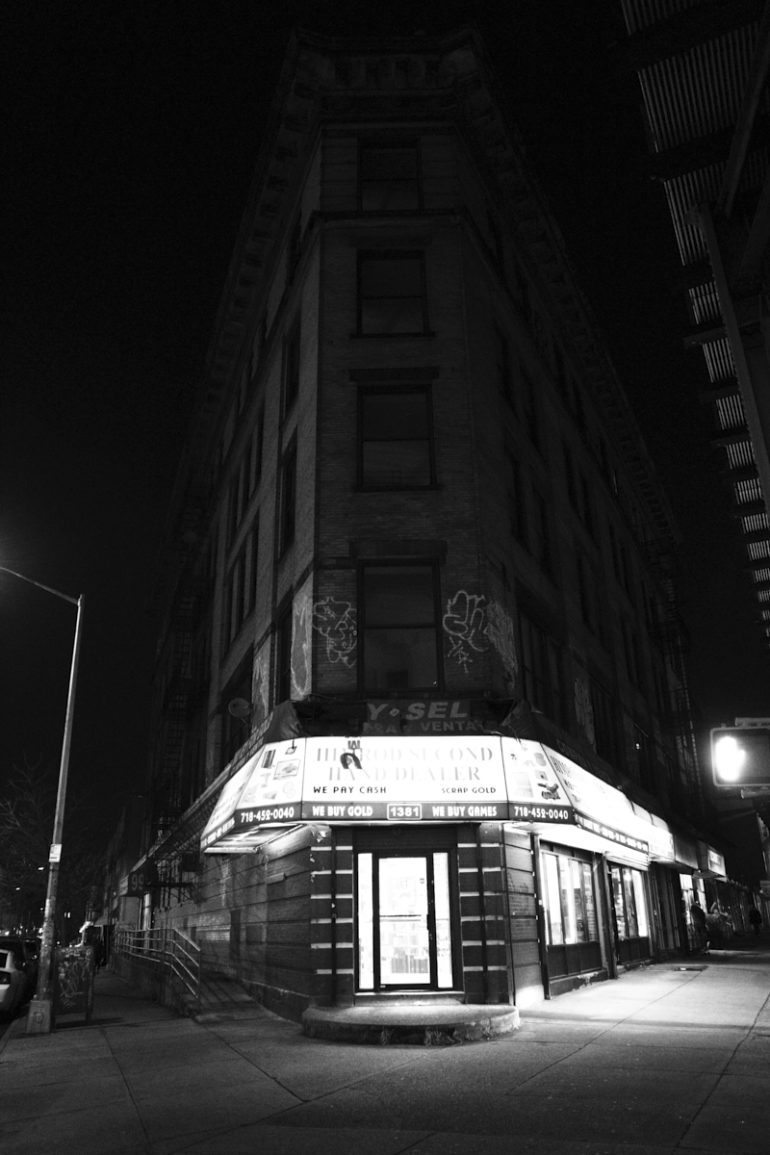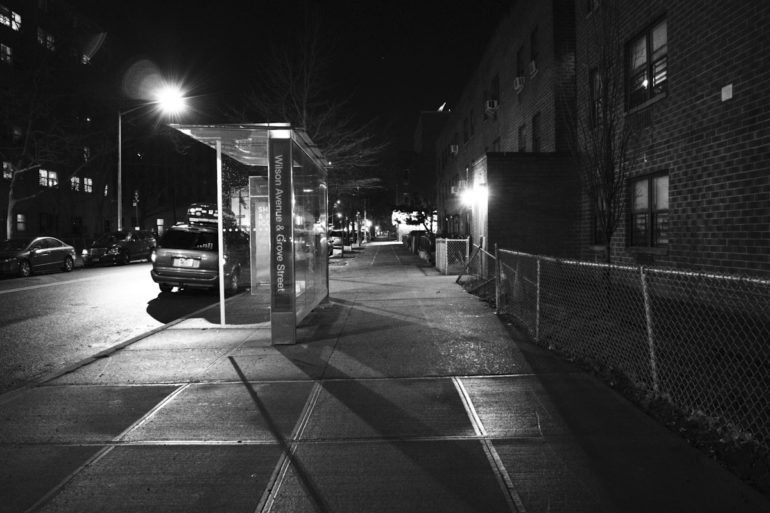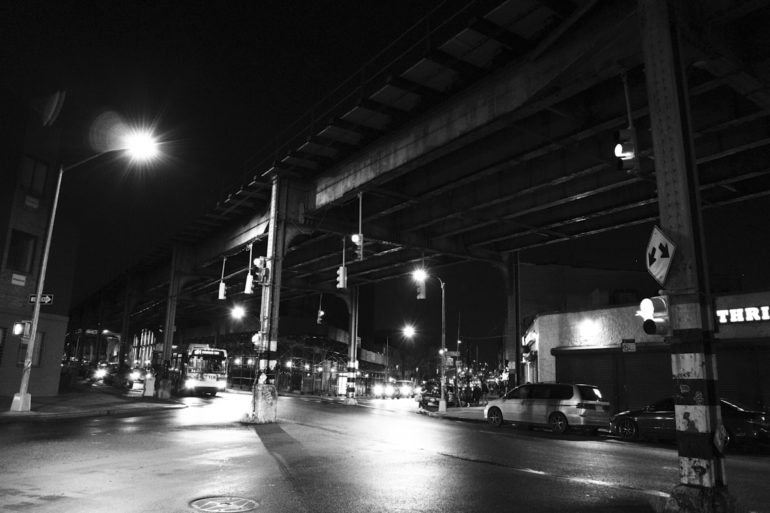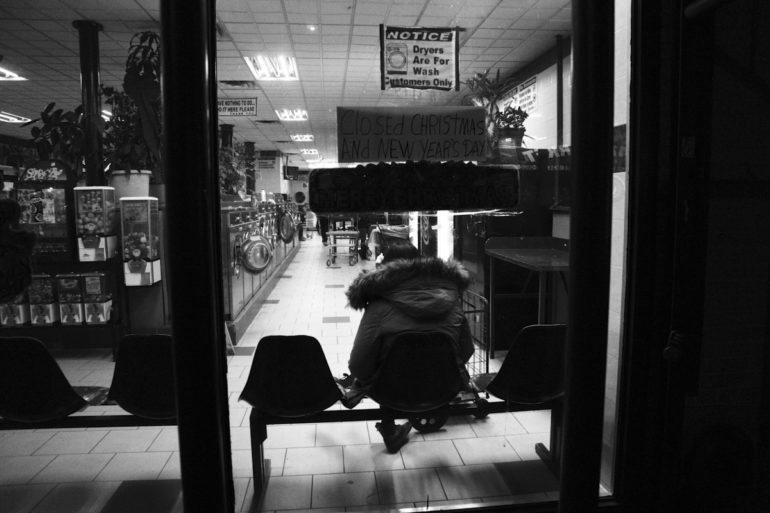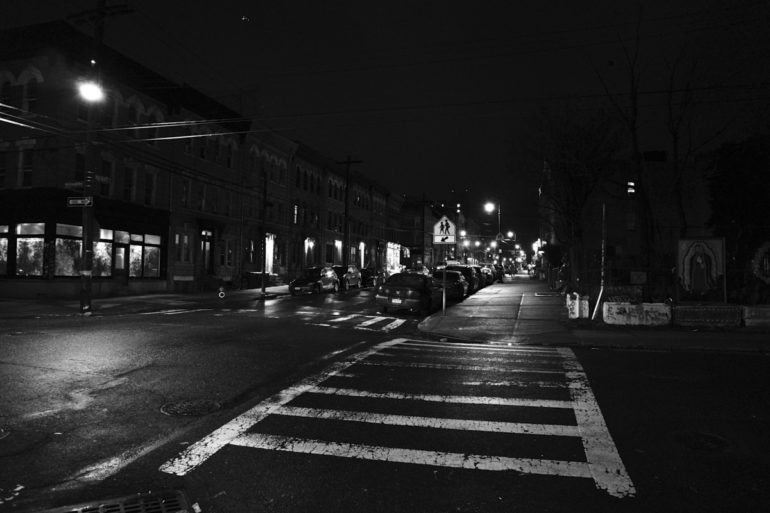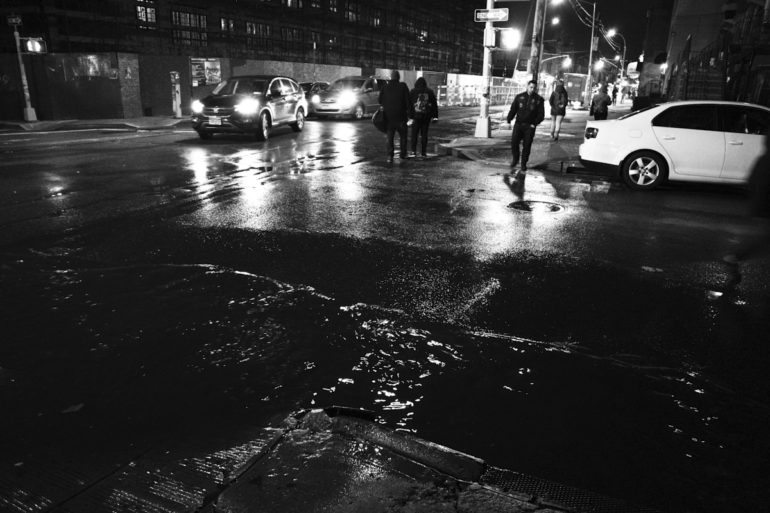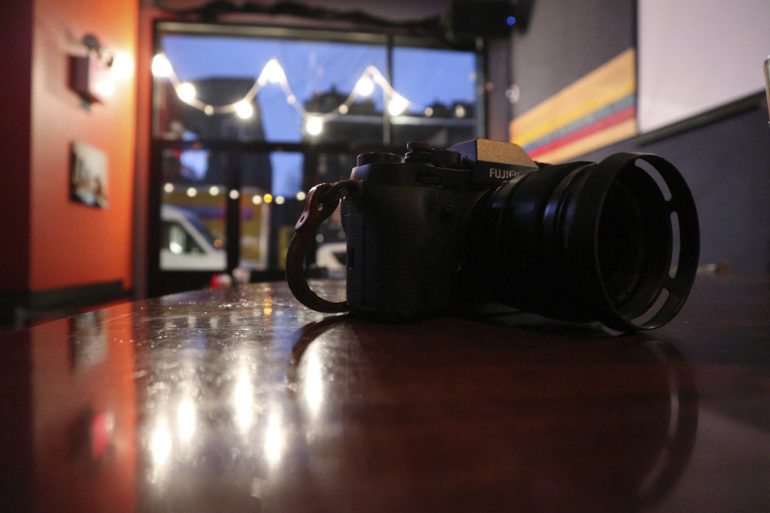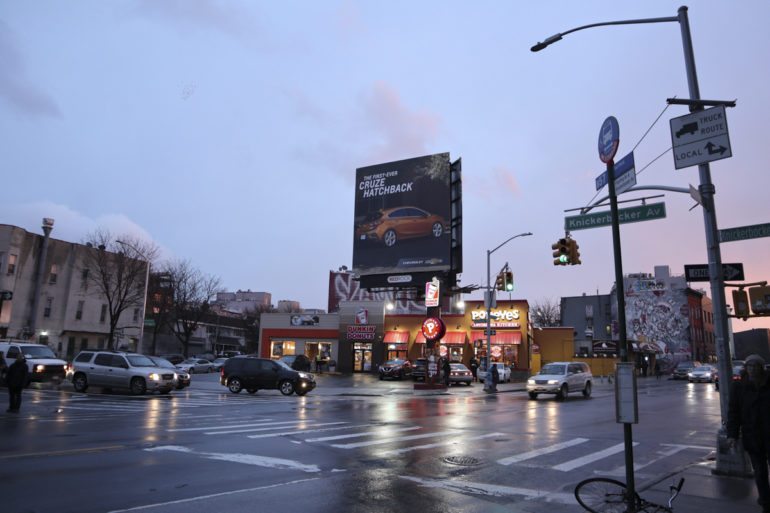Last Updated on 02/03/2020 by Brett Day
Years ago, I never believed that Canon would ever build at least a serious attempt at mirrorless cameras. But now, we’ve got one in the form of the Canon M5–and the company has created a really impressive camera overall. Essentially: think of it as being the 80D; except, well, it’s not. It’s significantly smaller, more lightweight, has an EVF, and uses the EF-M mount vs the EF mount.
Then consider some of the other features. It has the same sensor, the same pretty lousy high ISO output, the same dynamic range, the same colors, WiFi and a touch screen. Of course, it’s battery life isn’t as good though it’s leaps and bounds better than Sony’s. And the autofocus isn’t as stellar either.
But to be honest with you, I really can’t believe that this camera is targeted at photographers when it makes a heck of a lot more sense for videographers. In fact, I think it’s fantastic for video.
Pros and Cons
Pros
- Nice feeling in the hand
- Nice, small lenses
- High resolution screen and viewfinder that look really nice
- Simple to use
- WiFi
- Good low ISO image quality
- Very good battery life
- Nice colors
Cons
- Pretty bad high ISO output in this day and age (Only applies to Adobe Lightroom. Capture One Pro 10 does a great job with the RAW files)
- Slow autofocus, though not terribly so.
- Great video output
Gear Used
We tested the Canon M5 with the 22mm f2, the kit lens and the 28mm macro lens.
Tech Specs
Specs taken from the Canon press release
- 24.2 Megapixel CMOS (APS-C) sensor, ISO 100–25600.
- Fast and smooth Dual Pixel CMOS AF helps you capture stills and shoot video with quick and precise autofocus.
- High-speed continuous shooting at up to 7.0 fps (up to 9.0 fps with AF Lock) and new DIGIC 7 Image Processor with improved AF tracking performance.
- Full HD 60p helps capture fast-moving subjects and brilliant results in MP4 format.
- Digital IS with 5-axis image stabilizationiv when shooting movies plus increased image stabilization with both lens optical IS and in-camera digital IS when shooting with an IS lens.
- Built-in high-resolution EVF (approx. 2,360,000 dots) with new Touch and Drag AF lets you manually move the AF frame displayed for more precise focusing in different shooting situations.
- Intuitive touch screen 3.2 tilt-type (85° up/180° down) LCD monitor (approx. 1,620,000 dots) enables flexible positioning and clear viewing.
- Easily customize functions while shooting using the Main Dial, Quick Control Dial, Dial Function Button and Exposure Compensation Dial.
- Built-in Wi-Fi®v and NFCvi allows for easy sharing and transferring of images and videos.
- Equipped with Bluetooth®iii Smart for smooth pairing with a compatible smartphone by powering on both devices for easy photo sharing and remote control possibilities.
- Shorter camera startup timevii and interval time between each image capture for a more efficient shooting experience.
- Compatible with EF-M lenses as well as the full line of EFviii and EF-Sviii lenses and Speedlites for expanded creativity.
Ergonomics
Taken from our first impressions
When you look at the Canon EOS M5, what you mainly end up seeing is a mirrorless camera meant to mimic the look of a smaller DSLR. Unlike Fujifilm and Olympus, Canon strays away from the retro looking aesthetic even though I’d honestly kill for something like their older SLR style cameras.
When you look at the front of the camera, what you mostly see is that giant mount. The only controls of any sort are the lens release and depth of field preview button.
The top of the camera is where you’ll mostly spend your time working with the controls. You’ve got the mode dial on the left, two exposure dials, pop-up flash button, exposure comepensation button, and more. Plus there’s the hot shoe.
Unlike most other Canon mirrorless cameras, there is an EVF present. It’s nice looking and overall my experience with it is quite positive. When the diopter is adjusted enough, I can mostly see through it using my right eye and with my glasses off. Otherwise, I’m pretty incredibly blind.
On one side you’ve got the extremely subtle Wifi button and the HDMI out port. The Wifi button is very tough to accidentally press when putting your hand around the grip.
The other side of the camera has more ports. They’re standard for just about any camera out there.
The Canon EOS M5 has a tilting LCD screen that is touch capable. But this screen is in many ways much more usable than others out there.
For example, it can do this. With the screen in this position, it’s easier to take product photos, food photos, macros, etc.
The back of the camera is otherwise dominated by very Canon-centric buttons and controls. Oddly enough, the dial around the four way control can’t be programmed at all to control another parameter. If you’re a Canon DSLR user, it would make a lot of sense to make this control the aperture.
Build Quality
The camera is well built, though of course I’ve held and worked with better feeling cameras. Think about it being about on par with something like a Fujifilm XE2-s. It’s good but not great. However, it surely feels nice in the hand and the light weight is just the cherry on top.
Ease of Use
Canon’s implementation of the touch screen is the best I’ve seen. It even is better than Olympus’s. The buttons and the commands are all a very nice size for a variety of finger sizes. My only issue is that I wish that choosing a specific focusing area was made easier.
Metering
According to Sunny 16 metering tests, this camera tends to underexpose just a bit. Keep this in mind if you’re shooting street photography.
Autofocus
The autofocus is okay, but not great. It’s a bit slow–which is shocking considering how fast dual pixel AF is supposed to be. You’ll almost never miss a shot though unless your subject is moving.
If you’re a Canon user and have been for a while, just think about the Canon 5D Mk II. The autofocus is similar, sort of.
Image Quality
So at ISOs under 3200, you’ll get very good image quality overall. Once you go past that, well, you won’t want to. The colors are great–it’s better than the dynamic range versatility overall. So ideally, you’ll want to use this system with a fast lens.
Some of the most recent videos on our YouTube channel have been shot with this camera; and I’m very impressed with the video quality.
JPEG Output
We shared a number of JPEG images a while back. They’re good, but Fujifilm and Olympus still do a better job here. We had someone ask on Facebook why we’d feature these in a single post. Well, people care. People surely do purchase these cameras and mostly shoot JPEGs or share them immediately because they need to for a gig.
Yes, it’s a thing. It’s possible.
RAW File Versatility


So here’s what you get when trying to get the best of the dynamic range. Is it good? Oh yeah. Are there cameras that can do better? Yes.
To speak very candidly, unless you’ve absolutely completely screwed up your exposure you shouldn’t really worry about this. Considering this, you’ll be very happy with the colors.
What I’m typically doing these days for better colors is working with only the Tungsten or Daylight white balances. They simulate film the best then. With that said, the colors that this camera can deliver are almost film-like. They’re surely cinematic.
The LCD screen tends to make colors look way better than they really are. Luckily though if you’re a good editor, you can get the most of them in Lightroom.
High ISO Output
This is a JPEG shot at ISO 6400. Pretty good in the monochrome mode with the contrast set all the way up.
But at ISO 6400 and even at 3200? It gets ugly. You’ll find color noise and other issues. However, Canon sort of handles noise in the shadows in a very film-like way.
If you print a photo at 13×18 at ISO 3200 or 6400, it gets pretty ugly in the blues and greens. Reds are handled pretty okay. We printed on the Canon Prograf 1000 using Red River Paper for this test.
Update: 2/2/2017
The above image is an edit from an ISO 6400 photo from the Canon EOS M5. The RAW File rendering from Capture One Pro 10 has once again proved itself to be superior to Lightroom’s. ISO 6400 is only slightly below average in terms of performance. Above this though, Fujifilm and Sony both blow Canon out of the water still.
Extra Image Samples
Conclusions
Likes
- Great video output
- Nice, small size
- Ease of use
- Good colors
- Works with lots of Canon third party products
Dislikes
- A headphone jack would’ve been very welcome
- Autofocus is very meh
- High ISO Output (In Lightroom, not Capture One Pro 10)
The Canon EOS M5 receives four out of five stars. Check out the latest prices at Amazon.
Dear Canon,
In a world where almost no mirrorless camera holds its value, you have a whole ton of power. Your brand is very well loved. Canon 5D Mk III cameras still hold their value which is awesome for when you go to sell and upgrade to the next camera. Heck, the Canon 5D Mk II still can be sold for quite a good chunk of change. With the EOS M5, you’ve shown us that you’re going to try. You’ve shown us that you can take one of your DSLRs, use similar technology and not cannibalize it. But you can easily do this with full frame mirrorless cameras and get third parties excited. Zeiss would most likely jump on board–and their lenses really hold their value. I aspire to own a few one day.
But is there a really good reason why we don’t have a 6D style camera but mirrorless? Or a 5D Mk IV but mirrorless?
I’ve bought your cameras, bought into your system, and over the past few years I’ve slowly bought out of it. Your flashes are behind Phottix’s, Shanny’s, Yongnuo’s and B&H Photo’s Impact, Adorama’s Flashpoint. Your lenses are regularly outdone by Sigma, Tamron and Zeiss. Your sensors are outdone by Sony. That’s not to say that you have a bad system. You’ve got a system that genuinely works and is often more than good enough. And that’s what the M5 is. Good enough.
I realize that the same level of innovation that was around when the Canon 5D Mk II was launched is now gone. But I’m still very sure that somewhere inside of that company is something that can wipe the floor with Sony and the rest of the mirrorless world.
This though isn’t it. The M5 is crippled by its high ISO output and autofocus capabilities. I’ve seen what Dual Pixel AF can do–and it’s exciting. But here, it feels like Betty White trying to push a boulder up a hill.
At the same time though, with the Canon EOS M5 I feel like you’re targeting the video crowd. And that’s okay: go after the Sony a7s II and the Panasonic GH5. Go! Find a way to separate the DSLR and mirrorless world even more. Sony is a company that generally gets things 80% right 100% of the time. Panasonic though is gearing up very heavily. You can surely still compete though.
But please, also find a way to cater to the true photographers and creators that want better stills. I still love my 6D, but it gets replaced by my Sony a7 often due to weight and size. There’s no reason for you to cripple your own cameras by what I feel is intentional product development.
You can do this Canon. Please make 2017 the year that it happens. Or if I have to wait another year for Photokina, please don’t make me regret it.


